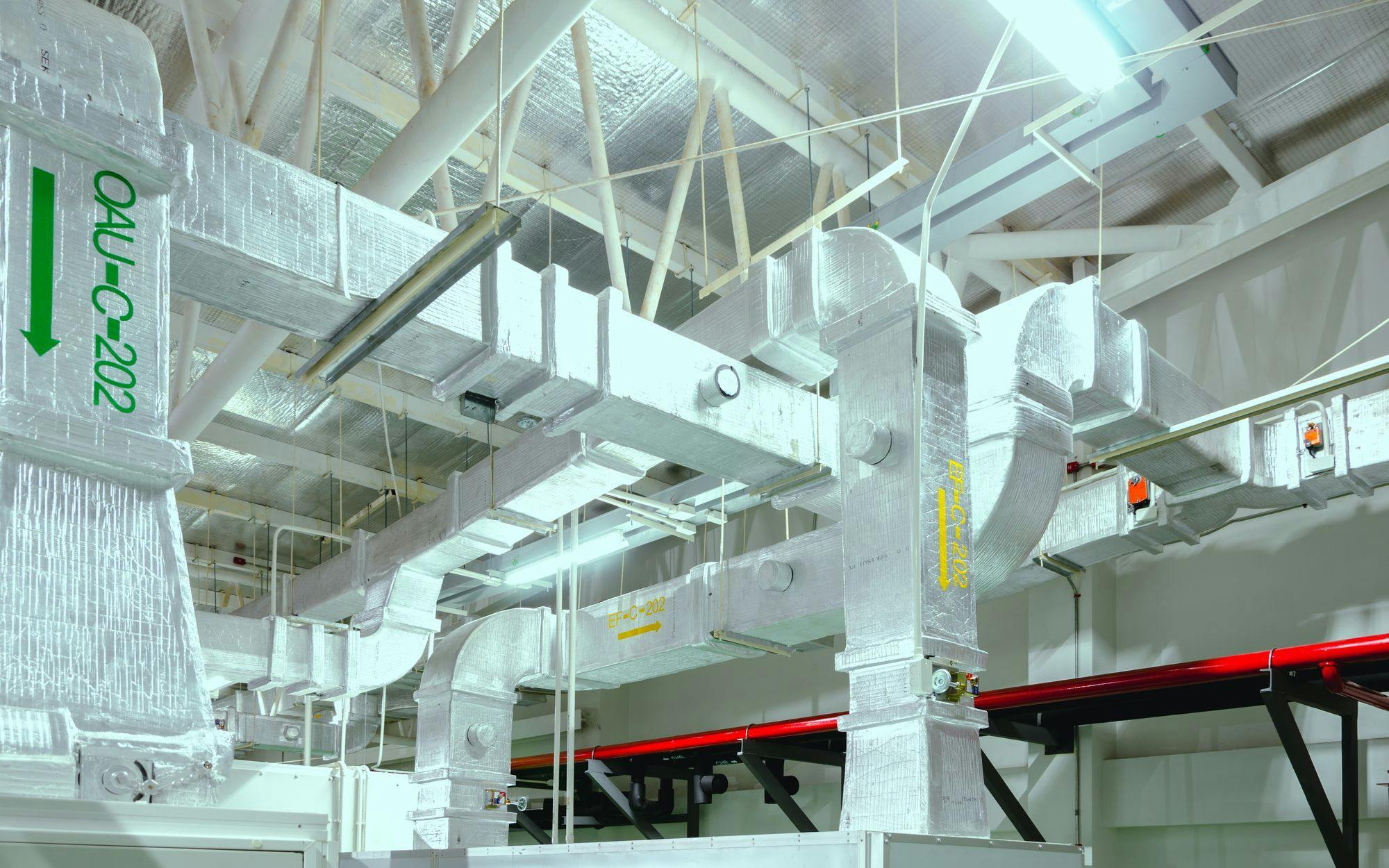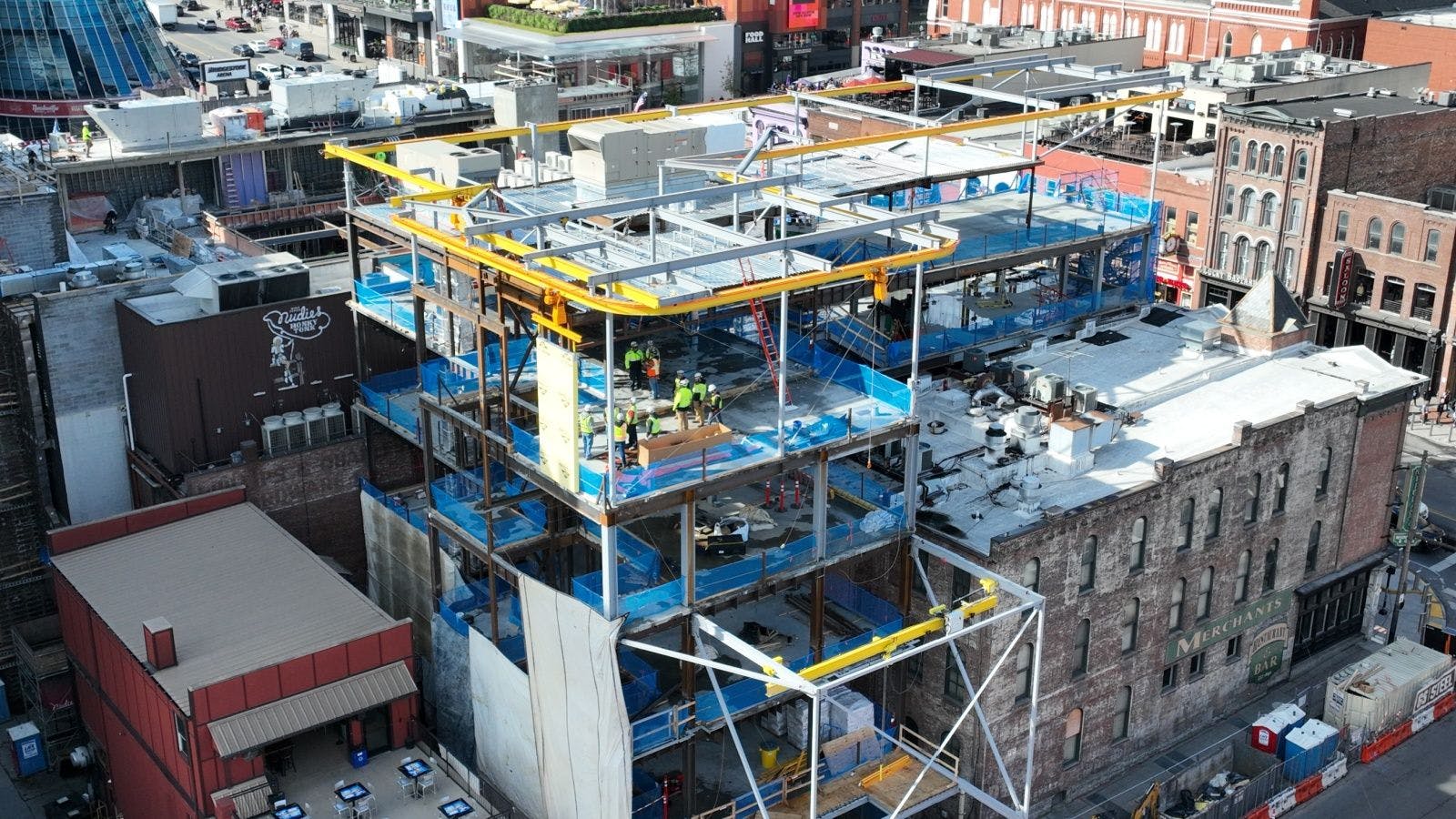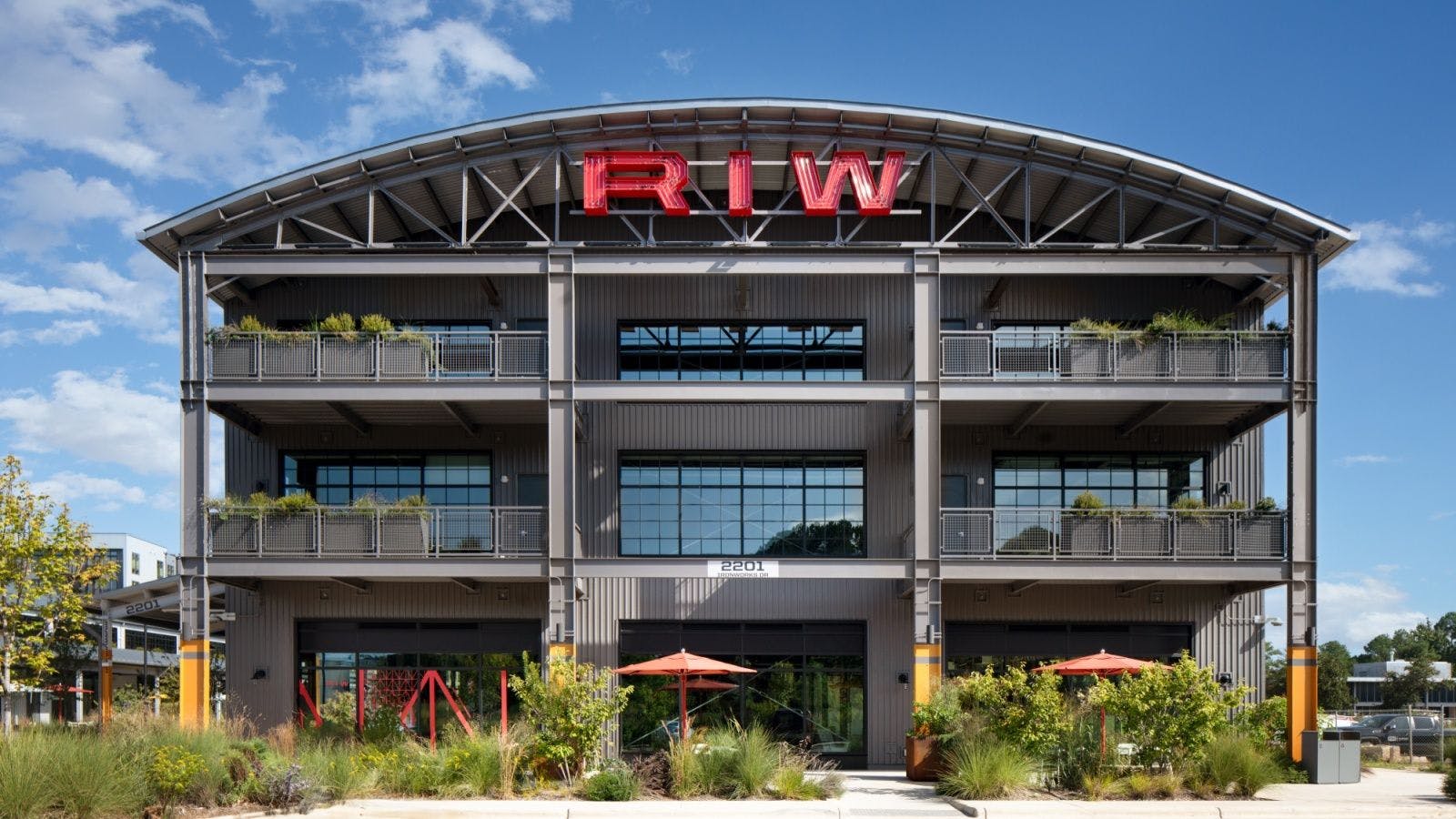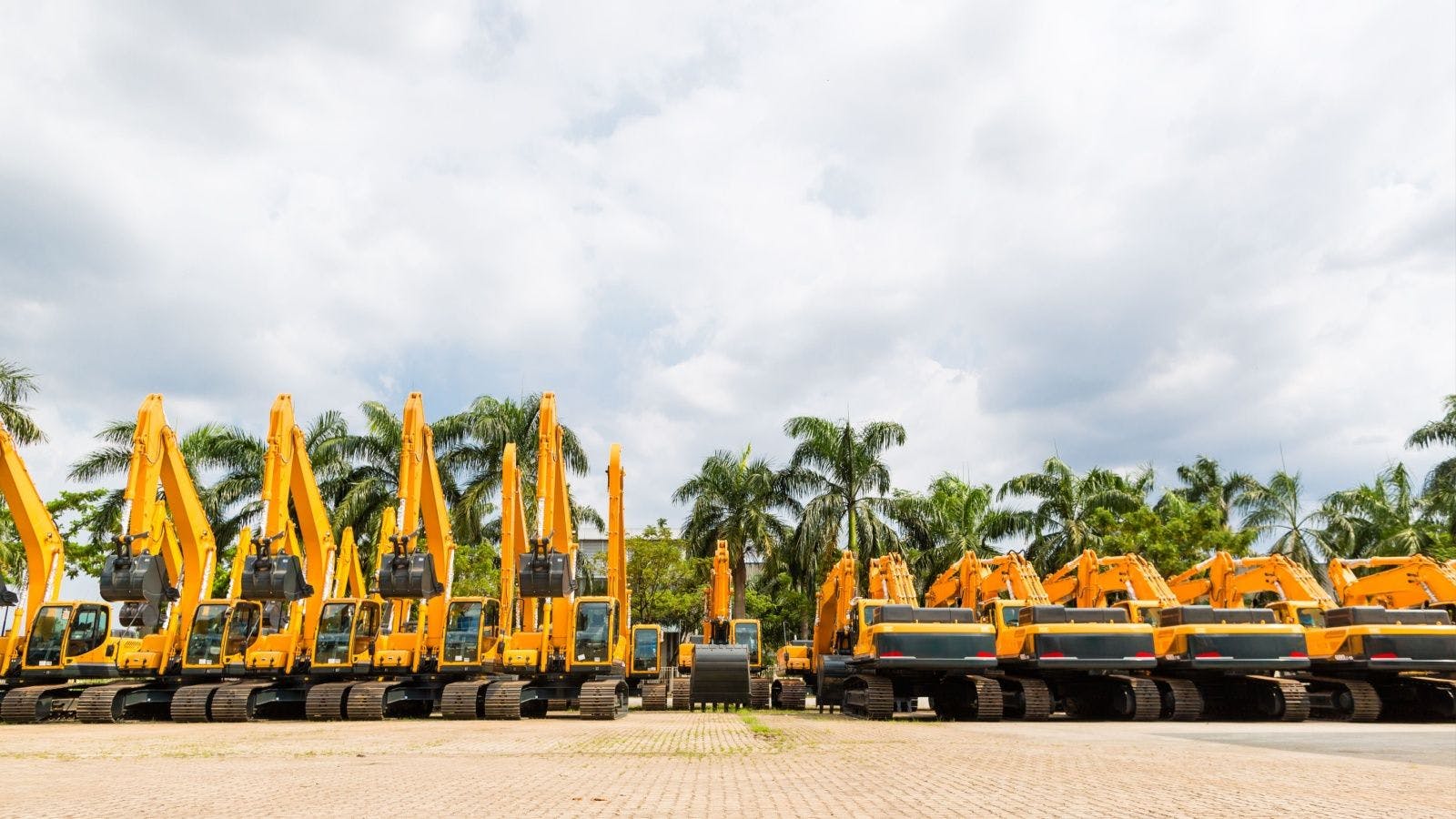
Insulation Techniques to Improve Commercial HVAC Efficiency
Commercial buildings have similar, yet different, needs residential buildings. In general, everything is scaled up. The potential for significantly higher energy bills is very real, so creating a net zero building is something that all builders should strive for.
Thankfully, there are a variety of different sustainable construction techniques that can be used to implement an energy-efficient setup in a commercial building. From construction methods to air-tight sealing, shading and more, the list of ways to improve the energy efficiency in a commercial building is extensive. Here are commercial buildings can operate on as tight a budget as possible without sacrificing indoor comfort.
1. ICF Construction
Having a building constructed with insulated concrete forms is a surefire way to improve energy efficiency. ICFs are hollow, interlocked concrete blocks made from material that is far more energy-efficient than typical wood or concrete construction. They are sound-resistant, fire-resistant, and, most importantly, air and moisture-resistant. The airtight barrier that ICF construction provides is guaranteed to boost energy efficiency.
2. Solar Shading
Solar shades are a great way to provide some extra relief in terms of energy efficiency. These shades work by protecting a commercial building from the sun when it’s hot, and letting winter sun through at a low angle to help heat the building in the winter. Solar shading comes in the form of awnings, overhangs, blinds, louvers or sunshades.
3. Dampers
Dampers are installed as part of an HVAC system. They come in the form of plates or valves and work by opening or closing to restrict airflow to a certain room or rooms of the building. Commercial dampers are used to prevent the air conditioning of unused rooms, but they can also be used to regulate the temperature of a building room-by-room so conditioned air only goes where it’s needed.
4. Below-Grade Construction
Another great way to improve energy efficiency in a commercial building is to build it using a below-ground or in-ground construction layout. Doing so will help to regulate the temperature during the summer and can be made much more energy-efficient during the winter by using below grade insulation. Such insulation prevents the loss of heat through the walls during cooler times and goes a long way toward improving energy efficiency.
5. Spray Foam
Spray foam insulation is also effective at improving energy efficiency when combined with other techniques as well. Studies show that spray foam can cut monthly energy bills by 20% when combined with effective insulation.
Commercial Buildings Can Waste a Lot of Energy
Without implementing some or all of the techniques listed above, a commercial building is likely to lose a lot of energy and cost much more to operate as a result. By implementing these tips, building owners will save a great deal of money each month and increase their overall profit margin.
Matt Lee is the owner of the Innovative Construction and Building Materials blog and a content writer for the building materials industry. He is focused on helping fellow homeowners, contractors, and architects discover materials and methods of construction that save money, improve energy efficiency, and increase property value.
Related stories








